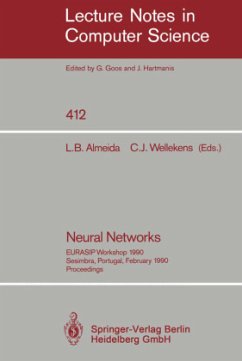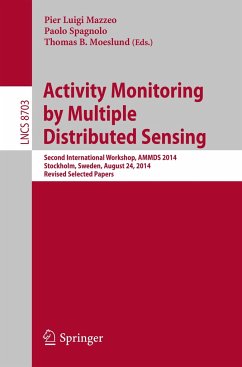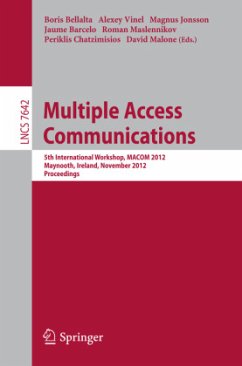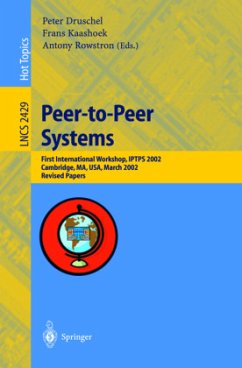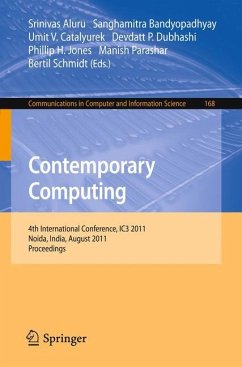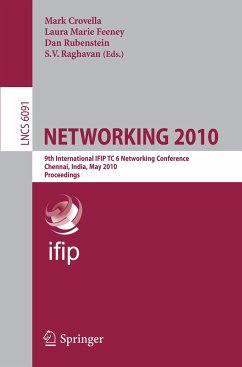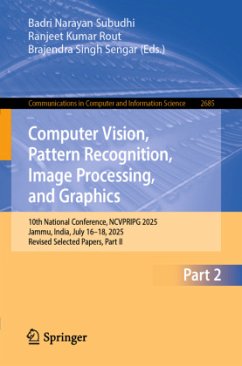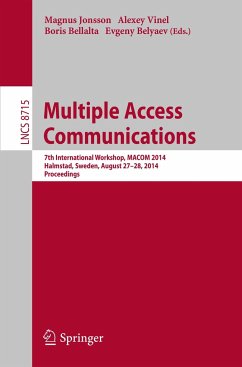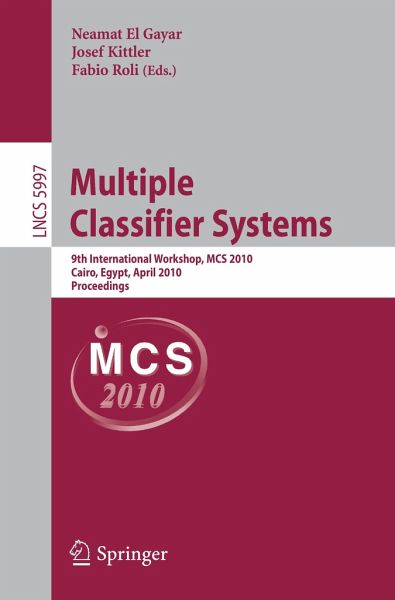
Multiple Classifier Systems
9th International Workshop, MCS 2010, Cairo, Egypt, April 7-9, 2010, Proceedings
Herausgegeben: El Gayar, Neamat; Kittler, Josef; Roli, Fabio

PAYBACK Punkte
20 °P sammeln!
These proceedings are a record of the Multiple Classi?er Systems Workshop, MCS 2010, held at the Nile University, Egypt in April 2010. Being the ninth in a well-established series of meetings providing an international forum for d- cussion of issues in multiple classi?er system design, the workshop achieved its objective of bringing together researchers from diverse communities (neural n- works, pattern recognition, machine learning and statistics) concerned with this researchtopic.Frommorethan50submissions,theProgramCommitteeselected 31 papers to create an interesting scienti?c program.Papers...
These proceedings are a record of the Multiple Classi?er Systems Workshop, MCS 2010, held at the Nile University, Egypt in April 2010. Being the ninth in a well-established series of meetings providing an international forum for d- cussion of issues in multiple classi?er system design, the workshop achieved its objective of bringing together researchers from diverse communities (neural n- works, pattern recognition, machine learning and statistics) concerned with this researchtopic.Frommorethan50submissions,theProgramCommitteeselected 31 papers to create an interesting scienti?c program.Paperswere organizedinto sessionsdealingwithclassi?ercombinationandclassi?erselection,diversity,b- ging and boosting, combination of multiple kernels, and applications. The wo- shopprogramandthisvolumewereenrichedbytwoinvitedtalksgivenbyGavin Brown(University of Manchester,UK), and Friedhelm Schwenker(University of Ulm, Germany). As usual, the workshop would not have been possible without the helpof many individuals and organizations. First of all, our thanks go to the members of the MCS 2010 Program Committee, whose expertise and dedication helped us create an interesting event that marks the progressmade in this ?eld overthe last year and aspire to chart its future research. The help of James Field from the University of Surrey, who administered the submitted paper reviews, and of Giorgio Fumera who managed the MCS website deserve a particular mention. Special thanks are due to the members of the Nile University Organizing C- mittee,AhmedSalah,AmiraElBaroudy,EsraaAly,HebaEzzat,NesrineSameh, Rana Salah and Mohamed Zahhar for their indispensable contributions to the registration management, local organization, and proceedings preparation.





